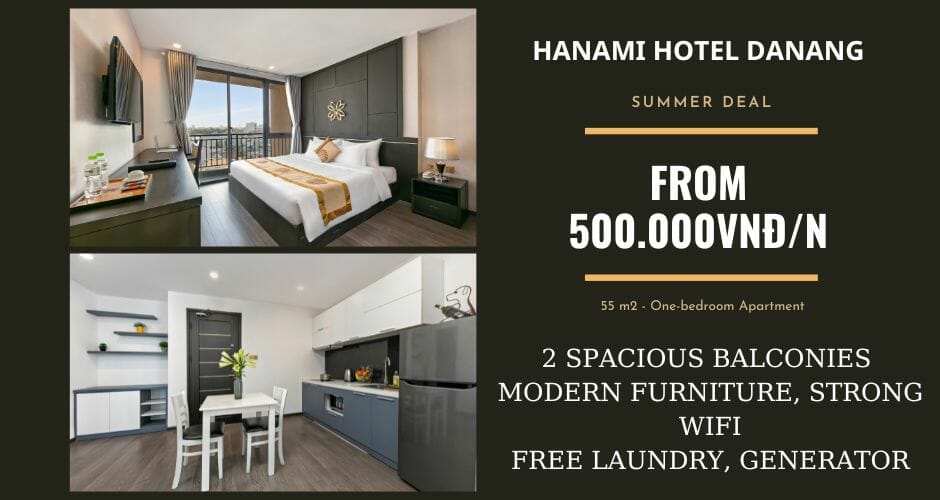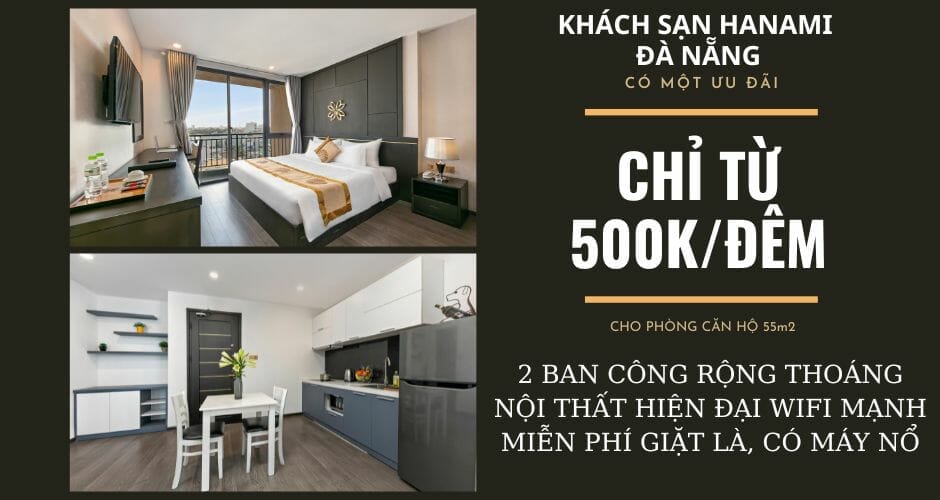Hotel pricing strategy is one of the most effective tools for maximizing revenue and developing effective hotel management strategies. Follow Hanami’s “7 Hotel Pricing Strategies for Effective Revenue Management” to find out more!
What is a Hotel Pricing Strategy?
Hotel pricing strategy is a strategy, orientation, method of setting room prices, and variety of other accommodation services to help the hotel sell rooms more effectively, thereby increasing revenue.

Besides, room rates also have a very important role in the hotel business, especially when the hotel is planning to expand its business. If there is the wrong pricing strategy, an unattractive rate will harm hotel revenue and fail to deliver the desired profit. This is one of the reasons why hotels must have a good pricing strategy at the right time. This not only helps the hotel sell more rooms, but it also helps to increase room productivity and profits.
The function of Hotel Pricing Strategy
A hotel room pricing strategy is an important part of hotel revenue management. It’s that sweet spot between charging enough so that you make money and charging a fair price so that you don’t lose customers to the competition. The strategy you use is important in the hotel industry because it helps you sell rooms, boost occupancy, and profitability. Furthermore, if you don’t charge enough, you might end up losing money and not being able to cover your operational costs.
7 Hotel Pricing Strategies for Effective Revenue Management
Forecasting-based Pricing Strategy
You can forecast the number of rooms that might be available for future dates based on the current and expected demand. Use the hotel’s historical data and go through the occupancy data for the last couple of months or the same period during the previous year. This will give you an idea of how the occupancy might be during a given date. By understanding what occupancy could potentially be based on historical data, you can then modify the hotel room price by forecasting the number of rooms that will be available in the future. The more data there is, the more accurate the forecast will be.

Here are two types of data that hotels can refer to:
- Market information such as competitors, travel demand, travel policies, and so on.
- Internal data such as occupancy, revenue, length of stay, etc. can be mentioned in the last three months and the current time in previous years to find similarities.
Analyzing and drawing conclusions from the extracted data allows you to see the most general picture of the hotel and, from there, devise the best hotel strategies.
Competitor-Based Pricing
The hotel can only use this strategy if it knows what strategies the competitor is employing and how much the room is selling for. Examine your competitors’ prices, how they implement their plans, and how customers react to those prices.

See how customers react to prices and if their attraction strategies are working well, and you should carefully study their hotel pricing strategies to stay informed about their offers when they increase or decrease the room rate.
You can compare your hotel’s room rates to those of other hotels to determine whether or not your hotel truly attracts customers. You will know the business situation of rival hotels and the number of customers at that hotel if you track and enter data correctly.
Length of Stay Strategy (LOS)
This is referred to as the Best Available Rate strategy based on length of stay. Based on that, you should adjust the room rate every 1-2 days, depending on how long the customer stays at the hotel.

To come up with an appropriate and accurate price, you need to measure and forecast actual demand as well as price sensitivity. Some suitable pricing strategies include:
- During peak season, use the “No Cancellation, No Refund” policy.
- Room rates are subject to change on a daily basis, with different rates applied to different nights of stay.
- If guests stay on weekends, they may be charged an additional fee.
Incentive-based
Package pricing is arguably one of the most cost-effective hotel pricing strategies. Instead of just selling rooms, hotels can offer a variety of service packages that include services, utilities, and accommodations, all at reasonable prices. Customers may believe they are booking a cheaper room as a result of this.

Some popular service packages, such as shuttle service, breakfast, and so on, can be mentioned to help the hotel increase profits and attract a large number of customers to book rooms. To optimize, try to understand the trend and customer needs and create some suitable packages for them.
Segment-based

Different customers may have different feelings in the same room at the same price. When booking a hotel, for example, new customers typically pay 100% of the room rate, while old customers pay only 80%. The hotel can also offer more options and experiences to change the price of the room; for example, the same room type with a better view will have a different price.
When hotels have many different segments and room types, their business performance improves significantly because they diversify the segments and reach a large number of customers. Customers will not care about your price if they are not satisfied with the value you provide through each product or service. That is why it is critical that you provide high-quality services at a reasonable cost.
If done correctly, the hotel can significantly increase revenue and profit while also receiving customer and partner satisfaction.
Using technology to adjust room rates
Many hotels use overbooking strategies to increase capacity in order to maximize revenue. If the number of guests is excessive but the hotel does not have enough rooms, it can transfer the excess guests to another hotel in the same system or to lower-segment rooms with attached incentives.

This is not a good strategy for the hotel and has many potential risks, including the fact that the total number of hotel rooms cannot serve all customers, which will have a significant impact on the hotel’s business and revenue.
As a result, the best solution is to use technology, synchronize OTA channels into the same system, and flexibly adjust room rates based on actual needs. To avoid overbooking, when one channel closes, the other channels will also close. They aid the hotel’s management by reducing unnecessary risks.
All of the information about Hanami’s 7 Hotel Pricing Strategies for Effective Revenue Management has been provided above so that the hotel can increase revenue in the most effective way possible, thereby developing and enhancing the hotel’s brand.
Về tác giả:
Chúng tôi không kiếm lợi nhuận từ nội dung đăng tải. Các bài viết đều được biên soạn và kiểm duyệt bởi đội ngũ tác giả và biên tập viên của công ty TNHH du lịch khách sạn Hana. Xem thêm: về tác giả




